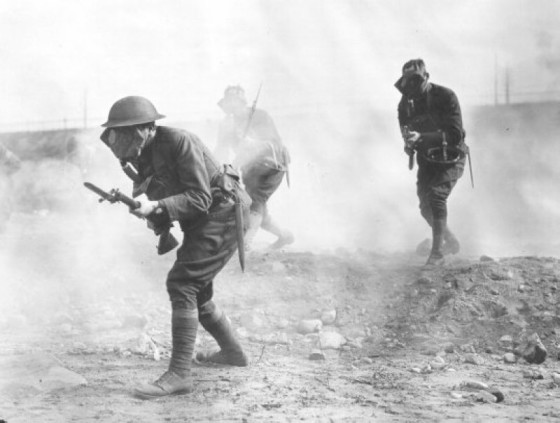
“He did not invent a new form of waging war, he mastered the simple but critical principles followed by history’s greatest military leaders.”
By William Nester
IF TOTAL WAR is a government’s mobilization of a nation’s vital economic, social, cultural, technological, mass media as well as military capacity for war, then the first modern example of this was revolutionary France in 1793.
Although Napoleon Bonaparte, who emerged during this era, did not invent “total war,” he would go on to master it. The scale of his manpower, organization, logistics, campaigns, and battles was unprecedented. After Waterloo, his efforts would be unsurpassed for another century. In fact, measured by the number of battles and campaigns that he won, Napoleon is arguably history’s greatest general.
Napoleon’s rise and fall in power ultimately depended on his ability to wage war. He did not have a systematic theory of war, he had a set of maxims that he asserted according to circumstances. In war as in all his other pursuits, he was a pragmatist, not a theorist. He valued what worked and experimented until he got it right or could do no more. He did not invent a new form of waging war, he mastered the simple but critical principles followed by history’s greatest military leaders.

Napoleon explained and revealed in his campaigns that great generals have the ability to see many moves ahead on a geopolitical chessboard whose squares and pieces are morphing, distorted and hidden. With excellent plans decisively executed “all the army’s operations will succeed when they should succeed.”
Yet to Napoleon, luck could be as important as strategy in determining events: “One must be flexible in applying the principles of war” because “war consisted of a chain of chances.”
His campaign and battle plans were guidelines rather than blueprints. He gave his commanders plenty of leeway to react creatively to specific threats or opportunities. The key was keeping the grand view in mind while overcoming throngs of immediate challenges.
“March separately, attack together” was perhaps his most important maxim. On campaign he maneuvered his corps far enough apart so they did not impede each other but could mass quickly: “The art of placing troops is the great art of war. Always place your troops in a way that…you can easily reunite them in a few days.”
To him, unity of command was as important as unity of force. Two other elements must be added to a unified command and troops: “Secrecy and speed are the grand means for success.”

The ideal strategy was to outmaneuver the enemy, threaten his supply lines, and attack his flank or rear as Napoleon did during the Ulm phase of his 1805 campaign and during the Jena and Auerstadt phase of his 1806 campaign.
When the enemy was more numerous and concentrated the best strategy was to split it asunder and defeat each part separately as Napoleon did during his Italian campaign’s first phase in 1796, and failed to do during the four day campaign that ended at Waterloo in 1815.
When the enemy was more numerous but divided, the strategy was to take advantage of interior lines and quick-march to defeat each force separately as he did successfully during his Italian campaign from July 1796 to January 1797, and during his 1813 and 1814 campaigns until he was overwhelmed by superior converging armies.
Tactics, like strategy, depend on circumstances. Being able to quickly assess how the enemy was deployed across a landscape was critical to determining how one deployed one’s own troops in defense or attack. Ideally one attacked the enemy’s flank or rear but that was rarely possible. Defenders sought to anchor the ends of their line with terrain, buildings, or streams that impeded movement. Regardless of whether one attacked or defended, winning tactics involved combining infantry, cavalry, and artillery in ways that devastated and routed the enemy.

Among the many reasons why Napoleon’s soldiers mostly adored him was his genuine concern for their well-being. Concern, however, is common enough among most military leaders. What is uncommon was his astonishing attention to details and efforts to ensure that his men got what they needed.
Napoleon’s last campaign was his most ambitious of all—he sought to conquer history itself. In that he won a resounding victory. For that he had critical allies, first among the handful of devotees who followed him into exile, then ever since among hundreds of historians who celebrated his achievements much more than they deplored his catastrophes.
 William Nester is the author of Napoleon and the Art of Leadership: How A Flawed Genius Changed the History of Europe and the World. A Professor at the Department of Government and Politics, St. John’s University, New York, he is the author of more than 40 books on history and politics.
William Nester is the author of Napoleon and the Art of Leadership: How A Flawed Genius Changed the History of Europe and the World. A Professor at the Department of Government and Politics, St. John’s University, New York, he is the author of more than 40 books on history and politics.









